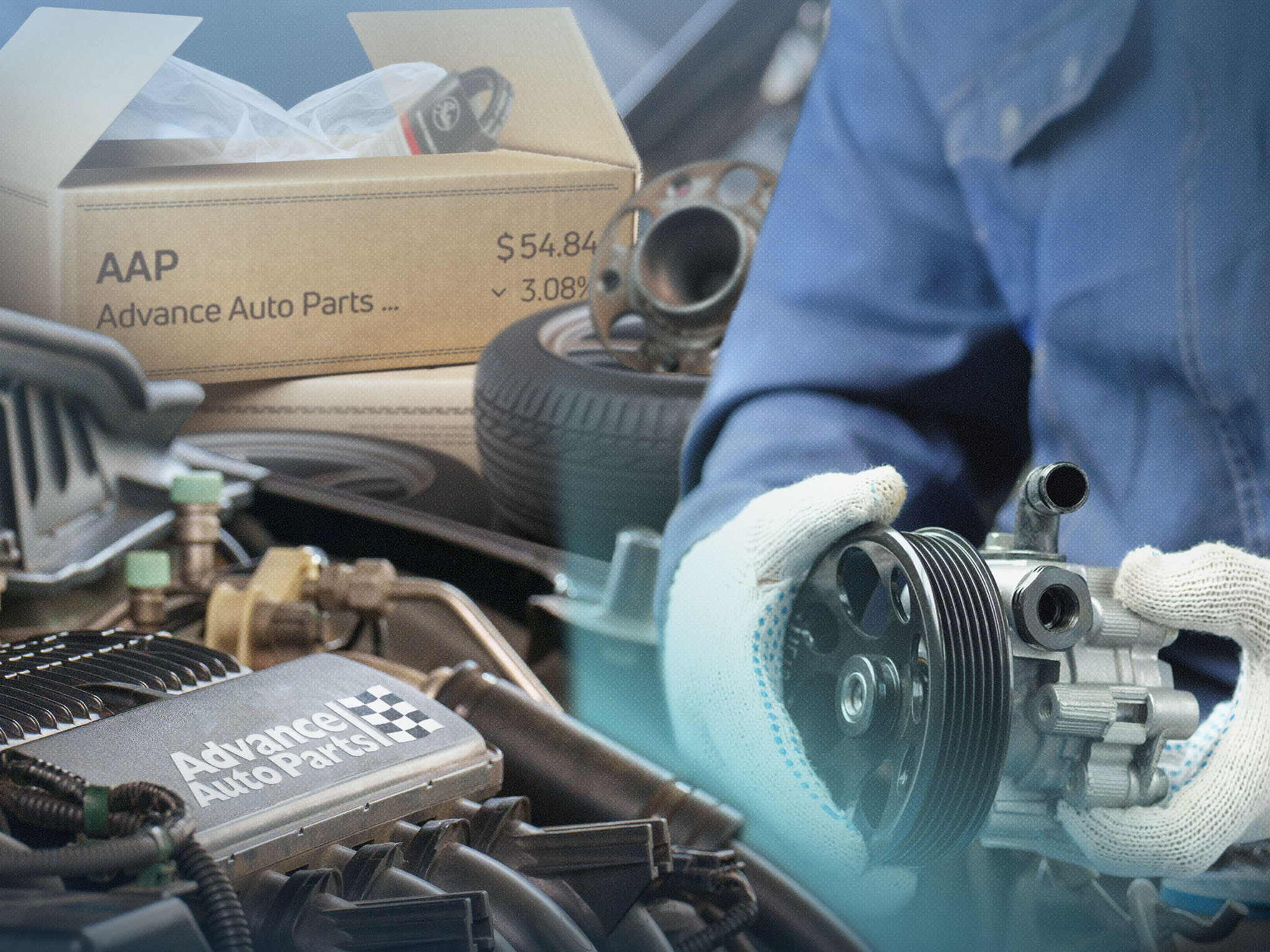Drivers are keeping their vehicles longer each year, as costs, interest rates and inflation remain high, which may help auto parts retailer Advance Auto Parts (NYSE: AAP).
Consumers concerned about weakening of the economy and higher prices due to tariffs are less likely to purchase a replacement car. Instead, they will spend their money replacing brakes, struts and other parts.
While Advance Auto Parts recently lowered its adjusted profit forecast, its business model contains one major factor that many businesses lack. Over 90% of Advance Auto Parts’ business is non-discretionary, which means drivers need those parts and service.
The company’s revenue registered $2.01 billion during the second quarter, down 8% from a year earlier. To be sure, comparable-store sales climbed 0.1%, lifted by sales in Advance’s professional division, which sells parts to auto repair shops. Also, “we are encouraged by early signs of stabilization in our do-it-yourself business,” O’Kelly said.
The stock has soared 65% in the last three months amid price increases caused by tariffs. But it has slumped 7.9% in the past month, and Kelly has warned that tariffs could hurt sales later in the year. Advance will focus on profit margins and won’t raise prices if possible, said CFO Ryan Grimsland.
It reported net income of $15 million or 25 cents a share, for the three months ended July 12, down from $45 million, or 75 cents a share, in the prior-year period. Advance estimates same-store sales will increase 0.5% to 1.5% for the year ending Jan. 26.
Aftermarket presents opportunity
The behavior of drivers has shifted. They have been holding onto their cars much longer, meaning more demand for parts and service. The average age of cars in the U.S. stands at 12.8 years, according to S&P Global.
Inflation and high interest rates have deterred drivers from purchasing new and used cars, whose prices have also risen due to increased demand. The average new vehicle price rose 1.2% in June from a year earlier to $48,907, according to Kelley Blue Book.
Older vehicles present a “substantial opportunity” for the aftermarket (repairs/service) sector and companies like Advance Auto Parts, wrote Todd Campau at S&P Global Mobility. That’s because as cars reach the six- to 14-year window, more repairs, maintenance and new parts are necessary.
“With the 2015-2019 model years now entering this prime age range, a wave of service demand is expected to hit repair shops, part suppliers and service providers across the country,” he said.
Significant opportunities for maintenance and repair will arise as vehicles roll off warranty.
“The graying of the US fleet is more than a statistic—it’s a signal of shifting consumer behavior, economic realities and market demands,” Campau said.
Advance Auto Parts may well be a winner from all these trends.




Comments